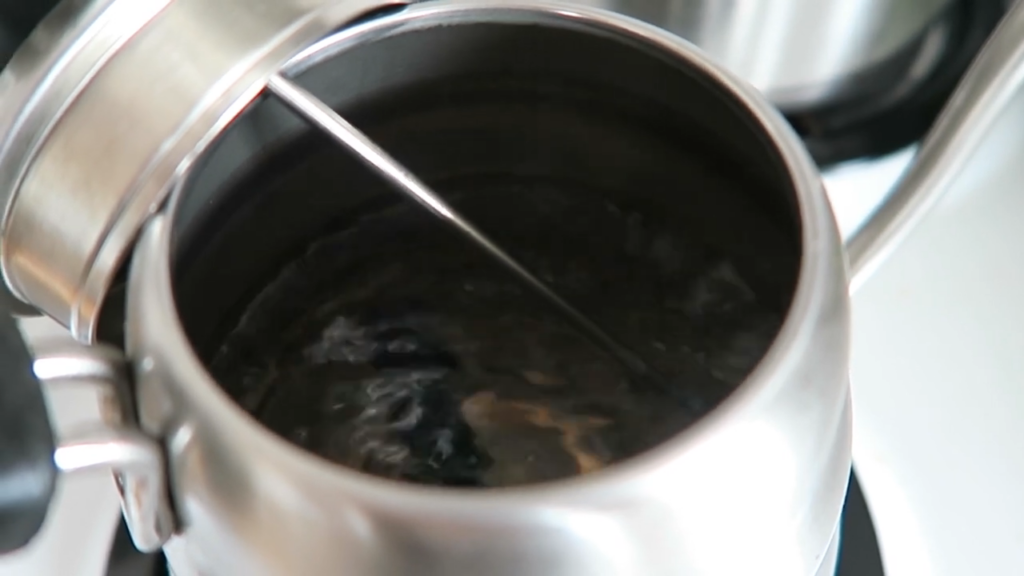Coffee is often reduced to the simple idea of “bean water,” but the science behind it is far more complex. The extraction process is critical to achieving the ideal cup of coffee, influencing its flavor and aroma. This guide breaks down the essentials of coffee extraction, helping you master the art of brewing.
The Basics of Coffee Extraction
At its core, coffee extraction involves the interaction between water and coffee beans. When water brews coffee, it extracts various compounds from the beans, primarily fats, acids, sugars, and plant fibers. Each of these components contributes to the flavor profile of the final beverage.
Understanding the extraction process is crucial because:
- Fats and Acids: These are the first components extracted, providing body and brightness to the coffee. If the majority of your cup has these components then it is considered under-extracted.
- Sugars: Essential for sweetness and balance, sugars are extracted after fats and acids. If you cup has brought out sugars and you can taste the sweetness, then the cup is considered balanced.
- Plant Fibers: Plant fibers are extracted at the end and lead to bitterness, which is undesirable. If you continue extracting the coffee bean beyond a certain point where it get’s a lot of plant fibers, it is considered over-extracted
The goal is to achieve a balanced cup that avoids both under-extraction (sourness) and over-extraction (bitterness).
Key Variables Affecting Coffee Extraction
Mastering coffee extraction involves manipulating four primary variables: grind size, brew time, temperature, and water-to-coffee ratio. These are the variables that I would recommend modifying since they are the easiest ones to control. Each variable plays a distinct role in the extraction process.
Grind Size

The grind size of coffee beans greatly influences extraction.
- Finer Grinds: Increases extraction by exposing more surface area to water.
- Coarser Grinds: Decreases extraction by exposing less surface area to water.
Adjusting grind size is one of the simplest changes to make during the brewing process.
Brew Time

Brew time is another critical factor that affects how flavors are extracted.
- Longer Brew Times: Allows for more extraction from the longer contact time between bean and water.
- Shorter Brew Times: Allows for less extraction from the shorter contact time between bean and water.
Certain brewing methods, like French press and Aeropress, provide more control over brew time compared to pour-over methods.
Temperature

The temperature of the brewing water has a significant impact on extraction rates.
- Hotter Water: Promotes extraction by increasing molecular movement.
- Cooler Water: Slows down extraction from the lack of molecular movement.
Understanding the right temperature for brewing can help maximize the flavors in your cup.
Water-to-Coffee Ratio

The ratio of water to coffee is a final variable I would recommend to manipulate extraction.
- Higher Ratios: Allows for greater extraction due to increased contact with water.
- Lower Ratios: Allows for less extraction due to decreased contact with water.
Adjusting your brewing ratio can be a simple way to enhance flavor complexity.
Conclusion
By mastering the four key variables—grind size, brew time, temperature, and water-to-coffee ratio—you can significantly improve your coffee brewing skills. Experimenting with these variables will allow you to fine-tune the extraction process, leading to a more flavorful and enjoyable cup of coffee.
Here is a quick overview of the different variables and how you can tweak them to modify extraction.

For your next brewing session, challenge yourself to adjust at least one variable and experience the difference it makes. Happy brewing!
